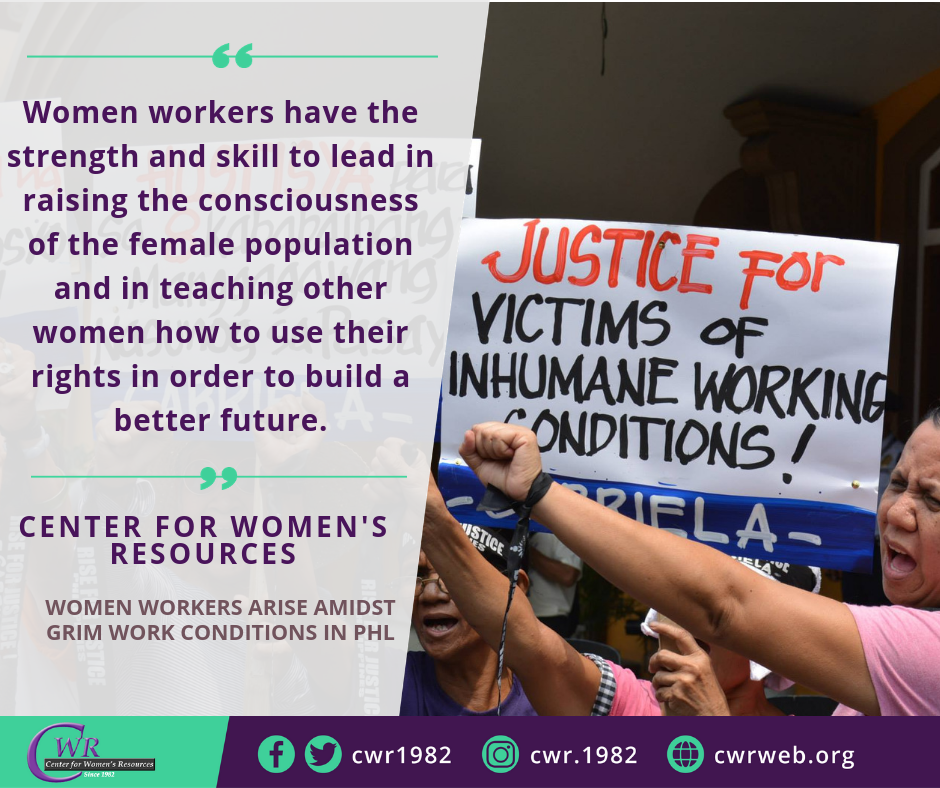In response to the alarming surge in student dropouts in recent years, Finance Secretary Benjamin Diokno recently proposed amendments to the Universal Access to Quality Tertiary Education Act of 2017 (UAQTE of 2017).
The UAQTE of 2017 was a landmark legislation aimed at leveling the educational playing field and ensuring that education is accessible to all.
While the implementation of this law has been less than ideal, the notion of scrapping free tuition in favor of a competitive screening test, is deeply concerning. Not only would such a move be detrimental to the entire Filipino youth but it would also disproportionately impact young Filipino women, robbing them of their fundamental right to education.
Data from the Commission on Higher Education (CHED) shows that 36.83% of college students who entered the School Year 2020–2021 dropped out or temporarily left schooling. The factors for student dropouts are numerous, but they consistently point toward the glaring lack of economic resources required to sustain the high cost of education in the country. For years, higher education in the Philippines has been characterized by expensive privatized education alongside meager allocations for public education.
As of 2020, there are 667 (28%) State Universities and Colleges (SUCs), Local Colleges and Universities (LUCs), and other government schools (including satellite campuses) compared to 1,729 (62%) private higher education institutions in the Philippines.
Compared to public institutions, private universities and colleges typically charge higher tuition fees. As a result, it becomes more difficult for students from lower socio-economic backgrounds to afford quality higher education. This higher cost can force many students to drop out and forgo pursuing a degree altogether, or opt for cheaper, often lower-quality, options.
Case studies conducted by the Center for Women’s Resources (CWR) underscore the immense challenges that students from low-income households face in their pursuit of completing their education. In Roxas City, Capiz, a woman leader from an urban poor community said, “Kahit may Free Education, hindi naman makaka-akses dito ang marami sa mga maralita sa komunidad dahil ni hindi sila nakakaabot na makapagtapos ng high school o kahit man lamang elementary.” (Even if there is Free Education, many of the poor in the community cannot access it because they could not even finish elementary, much less high school.)
It must be emphasized that beyond tuition fees and other school fees, access to education includes the requirements to continue schooling in the midst of the online and hybrid set-up of classes such as smartphones, WiFi and internet connections, laptops, electricity, and the like. Without the means to afford these essential resources, many students from low-income backgrounds are left at a disadvantage, unable to participate fully in their education.The intersection of high unemployment rates and meager wages further exacerbates the accessibility of education, directly impacting the rate of students who successfully complete their tertiary education.
The Center for Women’s Resources firmly believes that the most effective approach for the administration to tackle the high dropout rates among students is to retain the free tuition policy, accord a higher budgetary priority to education in ongoing budget discussions, ensure a living wage and income, and make education truly accessible to every Filipino. By retaining the free tuition policy, the government can alleviate the financial burden on struggling families and encourage more students to complete their education. Additionally, allocating a higher budgetary priority to education would enable schools to provide better resources and facilities, ultimately improving the quality of education and reducing dropout rates. Lastly, ensuring living wages and substantial income would address the root causes of inequality, giving everyone an equal opportunity to pursue education and acquire the necessary skills for economic growth. ###


